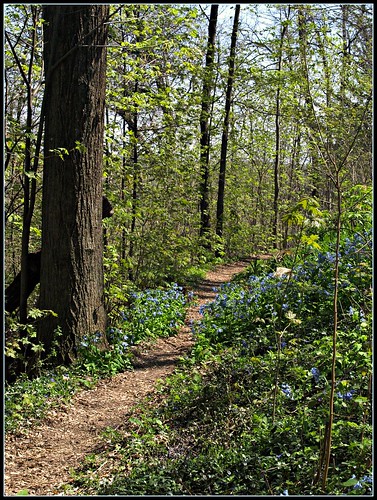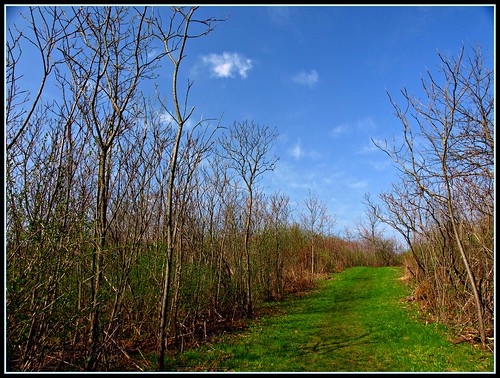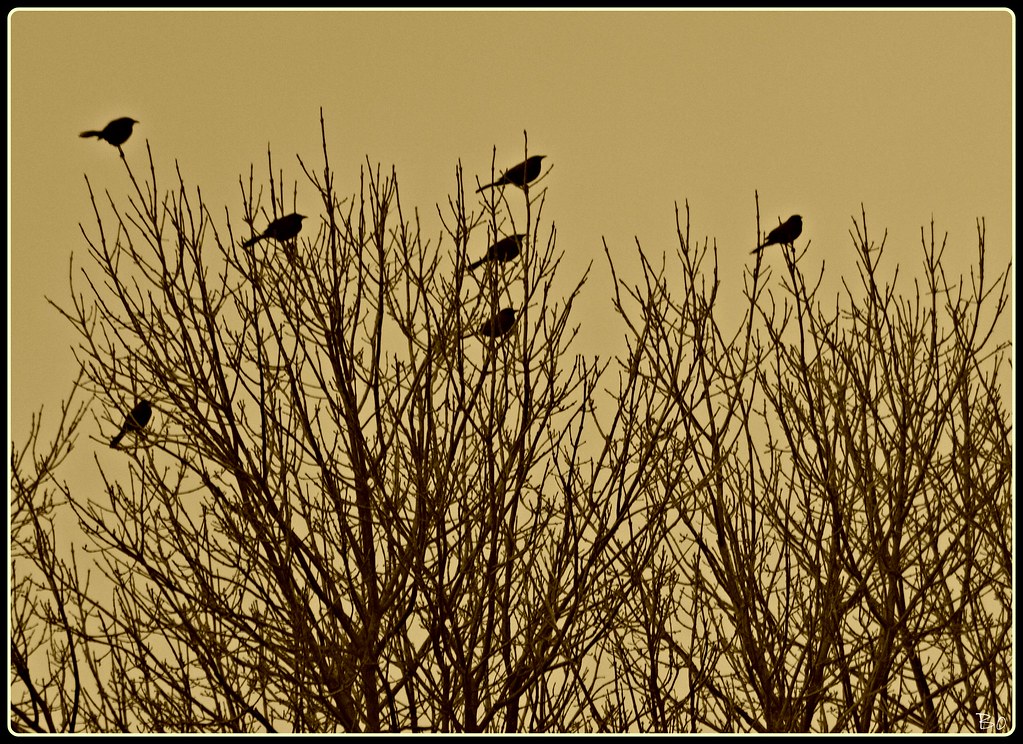This path is lined with masses of Virginia Bluebells, and provides a spectacular show when in full bloom. This is especially true in the Midwest where the plant seems happiest, even though it bears the name of Virginia.
It grows in moist and nutrient rich hardwood forests, not only in Wisconsin, but in the northern and eastern quarter of the United States and in southern Ontario.
Virginia Bluebells are fairly large, tall plants that bear clusters of showy, trumpet flower clusters. The flower buds begin tinted a delicate pale pink and then deepen to a medium blue when in full flower. They aren’t as ephemeral as the earlier woodland wildflowers, and stay in bloom several weeks. The entire plant does disappear from the forest floor, though, by mid summer.
This species of bluebell was used medicinally by Native American cultures, usually made into a strong tea for the treatment of consumption and whooping cough, and was also used as a general tonic.













